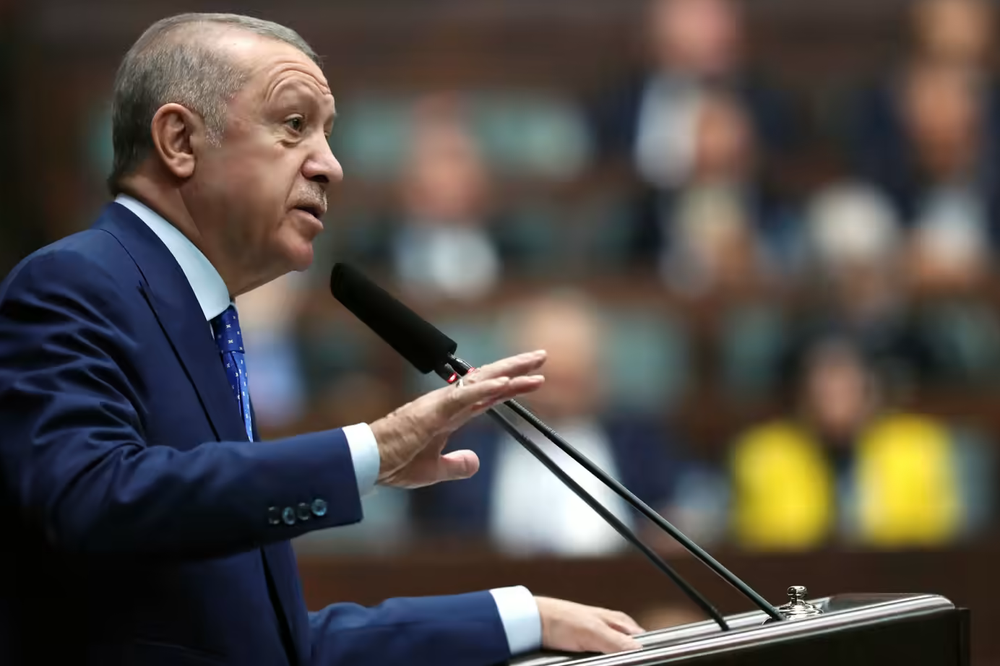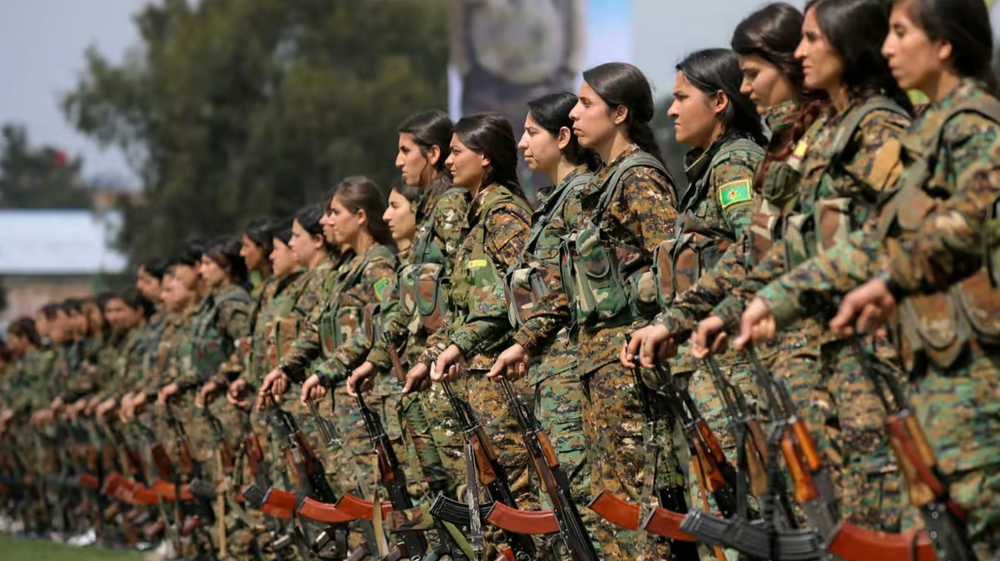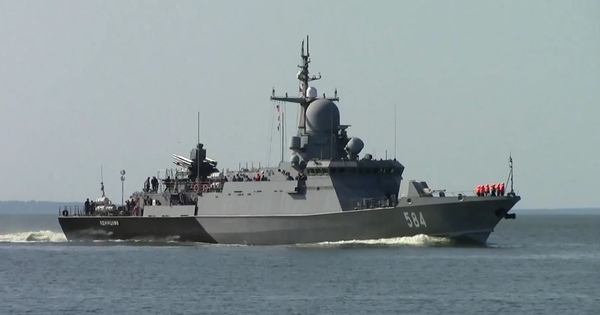In recent weeks, Turkish President Recep Tayyip Erdogan has repeatedly stated that he does not support Finland and Sweden joining the North Atlantic Treaty Organization (NATO). This is because Turkey accuses two Nordic countries, especially Sweden, of having links with Kurdish fighters, which Ankara considers a security threat.
It is known that the Kurds often live in Turkey, Syria, Iran and Iraq but do not have a state of their own. In the past, President Erdogan has threatened to launch an attack on Syria to confront the Syrian Kurdish People’s Protection Units (YPG), which is considered part of Turkey’s Kurdistan Workers’ party (PKK) took up arms against Ankara in 1984.

Turkish President Recep Tayyip Erdogan. Photo: AP
However, the YPG is said to play an important role in the fight to repel the Islamic State (IS) terrorist organization in northeastern Syria. This makes many experts believe that Western countries including the US and even Turkey will be somewhat hesitant to completely control this group.
Sam Heller, a member of the Organization of the Century, said that giving up Syria’s Kurdish forces “could lead to the collapse and chaos of violence like what happened in Afghanistan last year”.
Ankara has long opposed Western support for the YPG, because of its close ties to the PKK. This has even affected Turkey’s relations with NATO member countries.
Reportedly, the US has tried to make Turkey look softer by establishing the Syrian Democratic Forces (SDF), a Kurdish-led umbrella organization. The US and many other Western countries including Sweden have supported this force. With this support, the SDF repelled IS in 2019.
According to Heller, the US continues to rely on the SDF to carry out operations against IS, stabilize the post-IS region and prevent the resurgence of the terrorist movement. Although IS forces are now much weaker than before, they are still able to carry out a few individual terrorist attacks in northern Syria.
The US-led coalition estimates that between 8,000 and 16,000 fighters are still active in Syria and Iraq. Some 10,000 suspected IS members and thousands of other members of their families are being held in prisons and camps run by the SDF. Senior Kurdish officials have for years warned that these detention facilities are ill-equipped and vulnerable to attack. In January, IS launched a prison break in Hasakeh, the group’s deadliest attack in Syria in years. The incident sparked a 10-day battle.

Kurdish fighters from the Women’s Protection Unit in Syria. Photo: Reuters
In an effort to boost economic activity, Washington last month authorized some foreign investment in areas controlled by the SDF. American officials said they had consulted with Ankara about the move. However, Mr. Heller commented: “I know Turkey was not happy about that. They have expressed their attitudes towards the US and other countries.”
Last week, Turkey said it would not be in a hurry to overturn its veto on Finland and Sweden joining NATO. Accordingly, Turkey expects the two Nordic countries to take “first concrete actions” on their demands including recognizing the YPG as a “terrorist”.
The question is how Western support for the YPG will continue to affect relations among NATO partners. Dareen Khalifa, senior Syria analyst at the International Crisis Group, said: “It’s a security hole that needs to be addressed.”
at Blogtuan.info – Source: Soha.vn – Read the original article here



